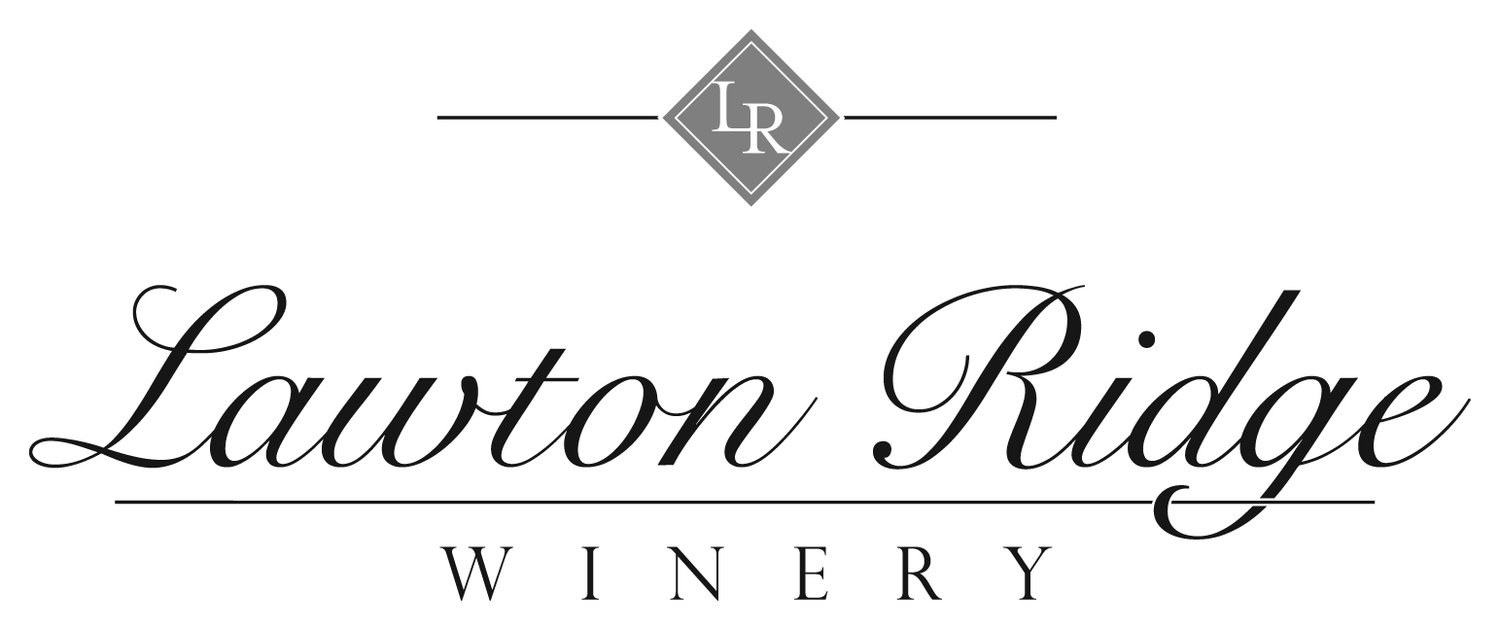2025 Harvest Recap
We crushed it this harvest season! The drier and warmer end to summer and start to fall meant we had to move extra fast on picking many of our wine grapes. A dry season meant smaller berries and less juice, but that stress on the plants helped concentrate sugars and boost ripeness. The 2025 harvest is bringing in big flavor in a small package.
Our harvest started on September 21 by picking Pinot Noir and Pinot Meunier. Then the heat continued into late September, which pushed us to harvest five varieties in eight days. Picking and pressing every day made for a frenetic and long week, but it got us over the halfway mark by the first weekend in October. Season wrapped with our last variety of Chambourcin on October 25, the day after the first official frost of the season. Talk about finishing just in time!
This vintage is shaping up to be a flavorful success. Keep reading to find out what varieties we harvested and how we use each of these exceptional wine grapes.
PINOT NOIR & PINOT MEUNIER
Used in: Dry Rosé, future sparkling wine tbd
Harvested: 1.9 Tons
Pinot Noir is a great red grape of Burgundy. Commonly used in sparkling wine production, this is the most widely planted red vinifera variety in Michigan and second overall to Riesling.
Pinot Meunier, originally from France’s Champagne region, is grown in small amounts in Michigan and is mostly used to make sparkling wines.
PINOT GRIS
Used in: Dry Pinot Grigio, Semi-Sweet Pinot Grigio
Harvested: 5.0 Tons
Originally from Northern Italy and Alsace, this grape is now Michigan’s fourth most planted variety. In Europe, pink grapes are called 'grey' — 'gris' in French, 'grigio' in Italian. Many people consider this one of Michigan’s top white wine grapes, and it’s becoming more popular every year, our estate version included.
SEYVAL BLANC
Used in: Lake Effect
Harvested: 2.9 Tons
Seyval Blanc tends to be an early ripening varietal and lends itself to our cool climate viticulture. A reliable and heavy producer, it lends a lot of sharp acid and citrus notes in wine.
CHARDONNAY
Used in: Chardonnay, Petillant Chardonnay
Harvested: 2.2 Tons
This is a cool-climate grape variety that requires careful attention to maintain a balance between its acidity, sugar levels, and phenolic ripeness for optimal quality. This year, we were a little short on our own estate vineyard, so we sourced some more from a grower in Berrien County.
RIESLING
Used in: Dry Riesling, Semi-Sweet Riesling, Lake Effect, Glowing Vine
Harvested: 1.4 Tons
Riesling thrives in cool climates like Germany, Alsace, and Michigan — where it’s the most planted wine grape in our state. It is often used to make dry, semi-dry, sweet, sparkling, and even ice wine styles. Many wine lovers consider Riesling the world’s top white grape.
TRAMINETTE
Used in: Petillant Traminette, Traminette, Lake Effect, Glowing Vine
Harvested: 1.9 Tons
Traminette is a modern hybrid grape developed from Gewürztraminer and Seyval Blanc, designed for cold-climate regions. It maintains a signature floral aroma and spicy character.
MARECHAL FOCH
Used in: Kzoo Daily Red
Harvested: 1.0 Tons
A new grape for us, we sourced some from our friends at Arrowhead Vineyards in Baroda, MI. This fruit forward, deeply colored red wine grape will go into our next batch of Kzoo Daily Red.
CABERNET FRANC
Used in: Wine Maiden, Cabernet Franc
Harvested: 1.8 Tons
Cabernet Franc grows exceptionally well in our SW Michigan climate, offering deep red-fruit flavors and complex herbaceous accents. The grapes grow in small to medium-size clusters on the vines and can provide high yields. Cabernet Franc wine is similar to Cabernet Sauvignon but lighter and less astringent. This is the second most widely planted red vinifera in Michigan after Pinot Noir.
CHAMBOURCIN
Used in: Petillant Rosé, Chambourcin, P-51 Mustang Red, Kzoo Daily Red, Sweet Rosé
Harvested: 8.8 Tons
Our largest planting at our estate vineyard, Chambourcin is a reliable producer. Since it ripens late, it grows best in southwest Michigan, where the season is longer and warmer. It can be utilized in a wide range of wines, from rosés to bolder reds. We usually have lots of this grape, so we sell excess to other local wineries.












